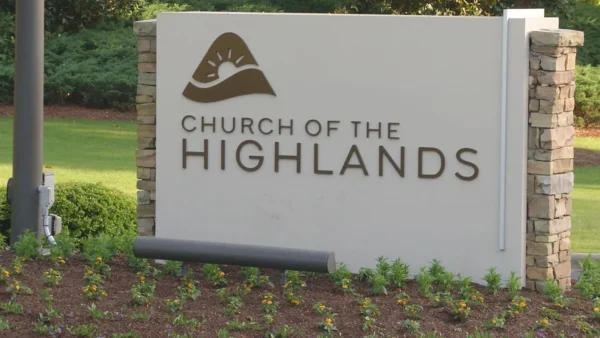Table of contents
Introduction:
In the realm of organized religion, trust is paramount. Congregants place their faith in spiritual leaders and institutions to guide them on a path of righteousness. However, when allegations of impropriety surface, the foundations of that trust can crumble. One such case that shook the religious community was the exposure of Church of the Highlands. In this article, we delve into the events that unfolded, revealing the controversies and shedding light on the aftermath.
Genesis of the Controversy:
Rise to Prominence:
The Church of the Highlands, based in Birmingham, Alabama, soared to prominence under the leadership of Pastor Chris Hodges. With its contemporary approach to worship and a commitment to community outreach, the church attracted a massive following, becoming one of the largest congregations in the United States.
Whispers of Discontent:
Behind the scenes, however, whispers of discontent began circulating. Former members and disillusioned individuals started to voice concerns about the church’s practices, finances, and the conduct of its leadership. These murmurs would eventually coalesce into a storm of allegations that rocked the foundations of the Church of the Highlands.
Allegations of Financial Mismanagement:
Lavish Lifestyles:
One of the primary accusations against the Church of the Highlands centered around the extravagant lifestyles of its leaders, particularly Pastor Chris Hodges. Reports surfaced, suggesting that church funds were being diverted to fund opulent residences, luxury vehicles, and lavish vacations for the pastor and his inner circle.
Lack of Financial Transparency:
Critics argued that the church lacked transparency in its financial dealings, raising questions about the allocation of donations and tithes. Congregants who sought clarification on the church’s financial practices were allegedly met with resistance, fuelling suspicions of impropriety.
Power Dynamics and Spiritual Abuse:
Authoritarian Leadership:
Another facet of the controversy focused on the perceived authoritarian leadership style within the Church of the Highlands. Former members claimed that dissenting voices were suppressed, and those who questioned the leadership’s decisions faced ostracism and exclusion from the community.
Allegations of Spiritual Abuse:
As the allegations unfolded, stories emerged of spiritual abuse within the church. Individuals claimed they were subjected to manipulation, coercion, and emotional abuse under the guise of spiritual guidance. These accusations raised broader questions about the balance of power and accountability within religious institutions.
Investigations and Legal Ramifications:
Media Scrutiny:
The controversies surrounding the Church of the Highlands did not escape the watchful eye of the media. Investigative journalists delved into the allegations, bringing them to the forefront of public attention. The media scrutiny intensified as more individuals came forward with their accounts, adding weight to the claims against the church.
Legal Battles:
Subsequently, legal battles ensued as the church and its leadership faced allegations ranging from financial impropriety to accusations of spiritual and emotional abuse. Legal proceedings brought the issues to a wider audience, forcing the church to confront the allegations in a court of law.
Impact on Congregants and the Larger Religious Community:
Congregational Divide:
The revelations surrounding the Church of the Highlands had a profound impact on its congregants. A deep divide emerged within the community, with some staunchly defending the church and its leadership, while others distanced themselves in disappointment and disillusionment.
ALSO READ ABOUT: What is Fantime? Exploring Mandy Rose’s Fantime
Repercussions for the Wider Religious Community:
The exposure of the Church of the Highlands sent shockwaves through the wider religious community. Congregations across denominations grappled with the implications of the allegations, prompting reflection on the structures of accountability and transparency within their own religious institutions.
Redemption or Irreparable Damage?
Reforms and Accountability Measures:
In the aftermath of the exposé, the Church of the Highlands faced the challenging task of rebuilding trust. Pastor Chris Hodges publicly addressed the allegations, vowing to implement reforms and increased accountability measures within the church. This commitment aimed to demonstrate a genuine desire for change and transparency.
Lingering Skepticism:
Despite the promises of reform, skepticism lingered within and outside the Church of the Highlands. Rebuilding trust after such a significant scandal proved to be an arduous journey, requiring tangible actions, not just words.
Conclusion:
The exposé of the Church of the Highlands serves as a stark reminder of the fragility of trust within religious institutions. It prompts important conversations about the need for transparency, accountability, and ethical leadership in all organized religions. As congregations grapple with the aftermath of such revelations, the hope is that lessons learned will pave the way for a more resilient and trustworthy spiritual landscape in the future.



